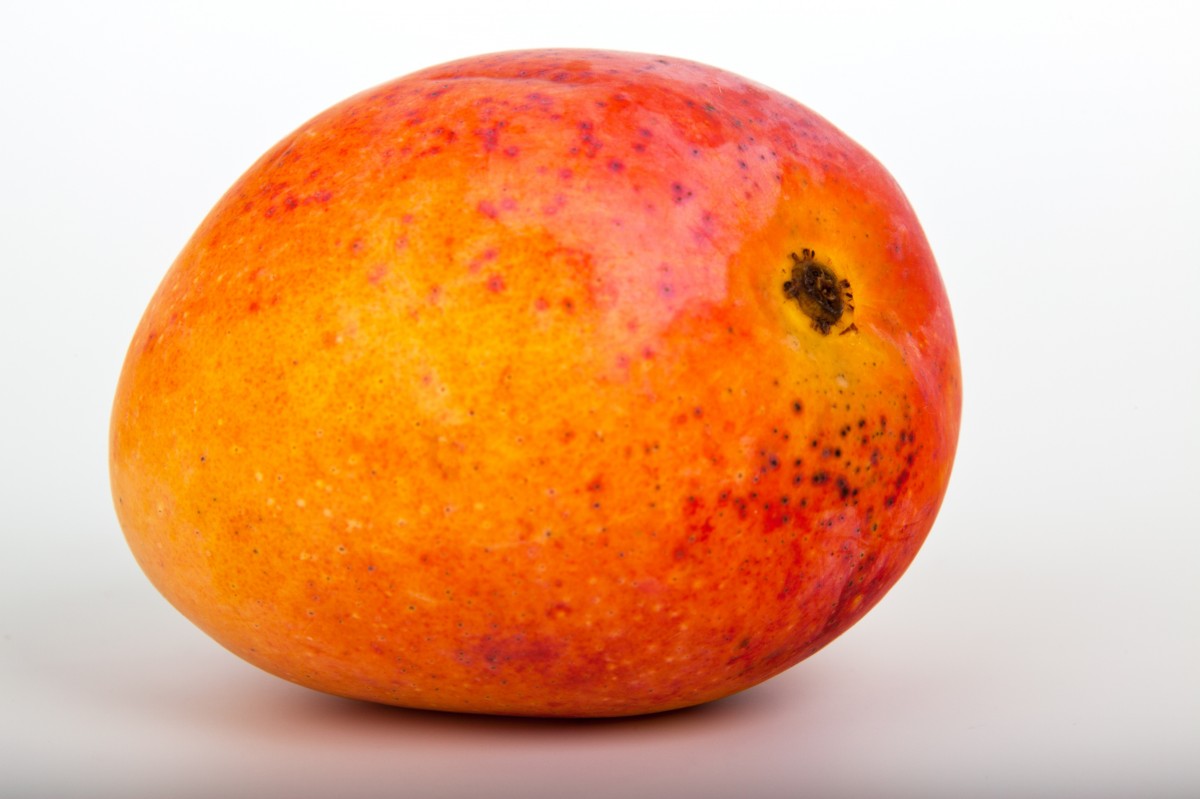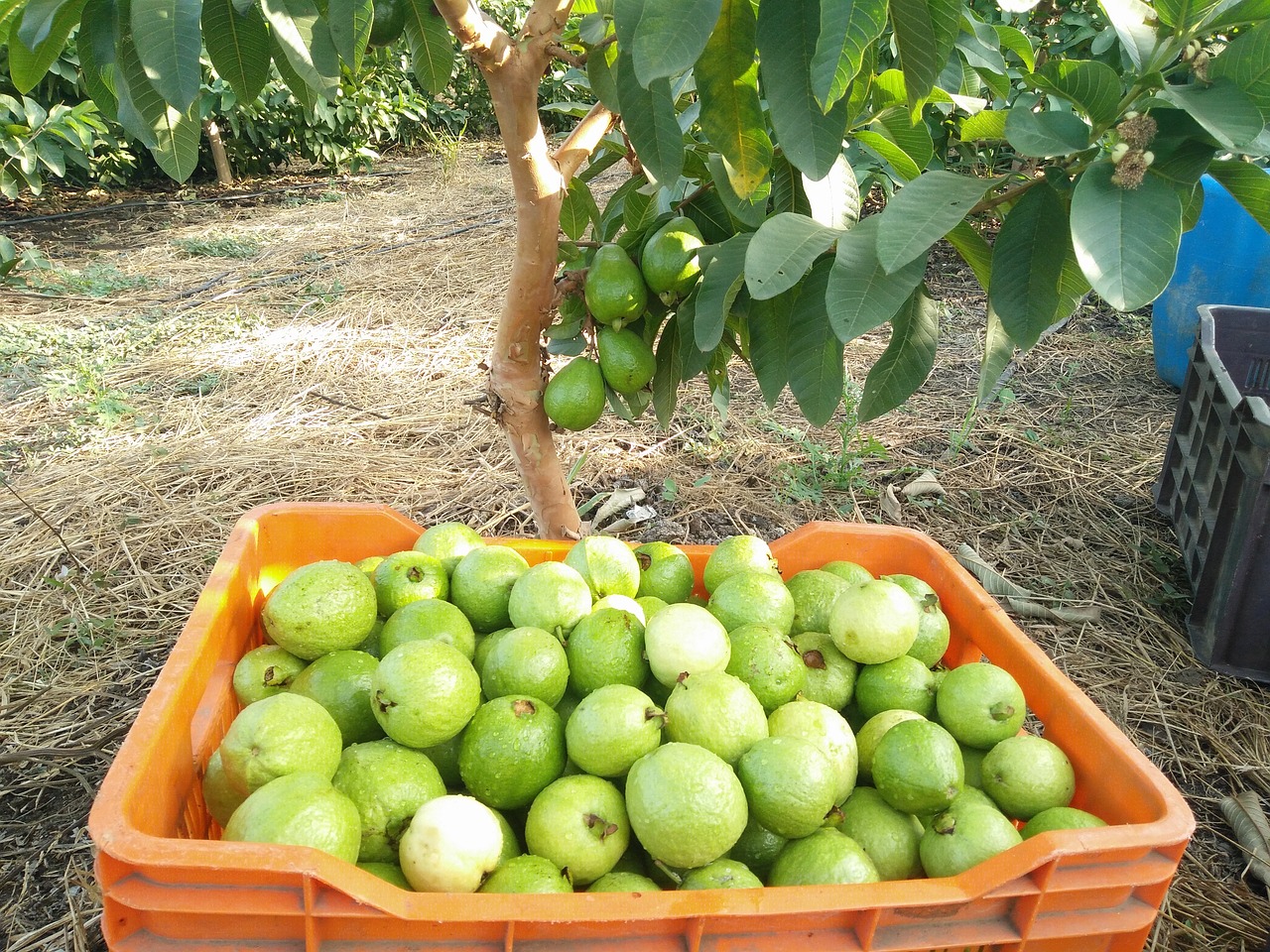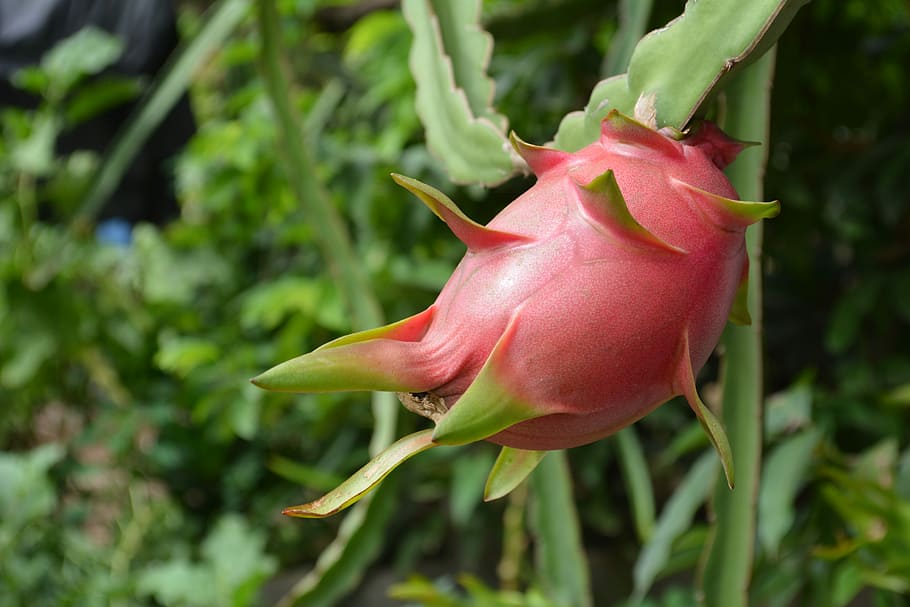
The Ideal Mango Growing Zone and How to Create the Perfect Garden
Mangoes are not only delicious, but they can also be grown in the comfort of your own backyard. If you’ve always dreamt of having your own mango tree and enjoying its juicy fruits, we have good news for you! In this blog post, we will guide you through the ideal mango growing zone and provide tips on creating the perfect garden for your mango tree.
Understanding the Mango Growing Zone
Mango trees thrive in tropical and subtropical climates, and their ideal growing zone is known as the “mango belt.” This belt spans across various regions, including parts of Asia, Africa, and South America. In the United States, the primary mango growing zones are found in Florida, California, Hawaii, and Southern Texas.
For successful mango cultivation, it’s essential to choose a location within the suitable growing zone. The ideal conditions for mango trees include:
-
Climate: Mango trees thrive in temperatures between 70-90°F (21-32°C). They require a frost-free environment and cannot tolerate temperatures below 30°F (-1°C).
-
Sunlight: Mango trees require full sun exposure to produce healthy and fruitful yields. Ensure that your chosen location receives at least 6-8 hours of direct sunlight daily.
-
Soil: Well-draining soil is crucial for healthy mango tree growth. The soil should be sandy or loamy, with a pH level between 6.0-7.5. Heavy clay or rocky soils should be avoided.
Steps to Create the Perfect Mango Garden
Now that you understand the mango growing zone requirements, let’s dive into the steps for creating the perfect garden for your mango tree:
-
Choose the right variety: Select a mango tree variety that is suitable for your region’s climate and the space available in your garden. Common varieties include Tommy Atkins, Kent, and Keitt, each with its unique flavor profile.
-
Prepare the soil: Prior to planting, prepare the soil by removing any weeds or grass. Mix organic matter, such as compost or well-rotted manure, into the soil to improve its fertility and drainage.
-
Planting: Dig a hole that is wider and deeper than the root ball of the sapling. Place the sapling in the hole and backfill with soil, ensuring the top of the root ball is level with the ground.
-
Watering: After planting, water the sapling thoroughly. Mango trees require regular watering until they establish their root system. Afterward, water deeply but infrequently, allowing the top few inches of soil to dry out before rewatering.
-
Pruning: Regular pruning is essential to maintain the shape, size, and health of your mango tree. Remove dead or diseased branches and thin out excessive growth for better air circulation.
-
Fertilizing: Mango trees benefit from regular fertilization. Apply a balanced organic fertilizer once every two to three months during the growing season, following the manufacturer’s instructions.
-
Pest and disease control: Monitor your mango tree for any signs of pests or diseases, such as aphids, scale insects, or anthracnose. Treat any issues promptly using organic pest control methods or consult a professional arborist if needed.
-
Harvesting: Depending on the variety, mangoes typically ripen between 100-150 days after flowering. Harvest the fruits when they have a mature color, a strong sweet aroma, and a slight softness when gently squeezed.
By following these steps and understanding the ideal mango growing zone, you can create a thriving garden and enjoy the satisfaction of picking fresh mangoes from your own tree.
Remember, it’s important to consider your local climate and consult with local gardening experts to ensure the best results for your mango tree. Happy gardening and may your garden be filled with juicy mangoes!
Keep Reading

Growing Guava from Seed: A Step-by-Step Guide for Gardeners
Guavas are tropical fruit trees known for their delicious taste and nutritional value. If you're a gardening enthusiast looking to grow guava from seed, you've come to the right place!

Creating a Lush Garden in Your Dragon Fruit Growing Zone
Are you lucky enough to live in a dragon fruit growing zone? If so, you have a fantastic opportunity to create a lush and vibrant garden that will make your neighbors green with envy.